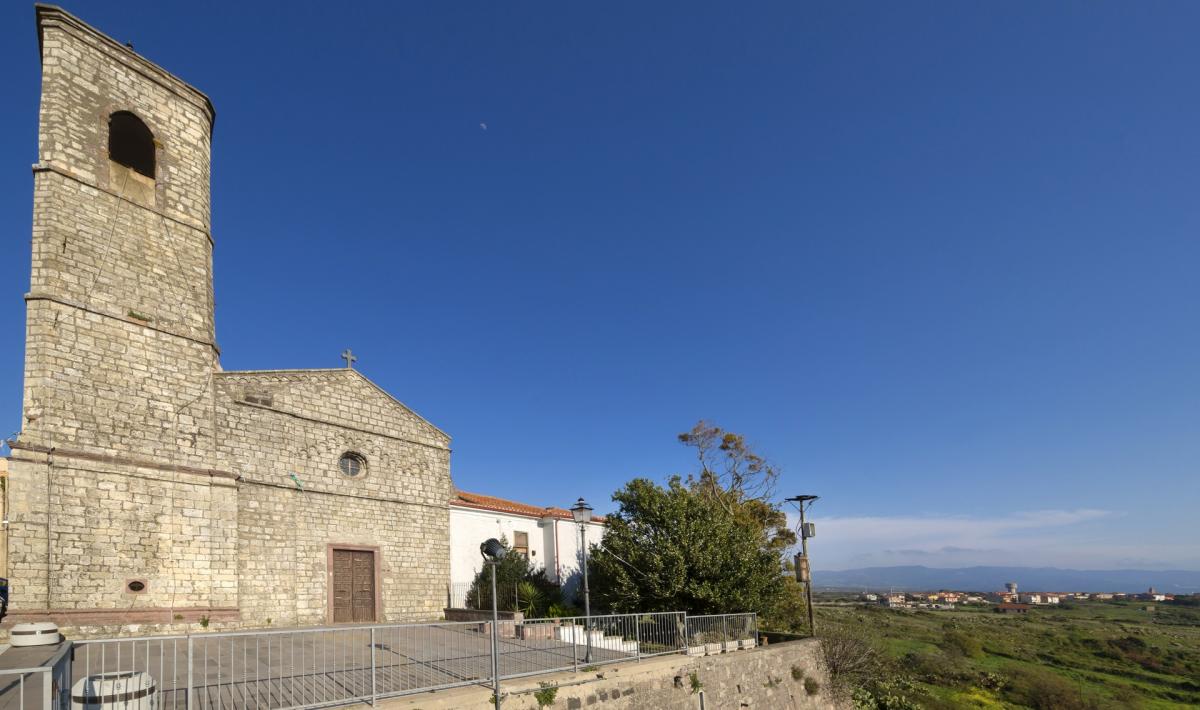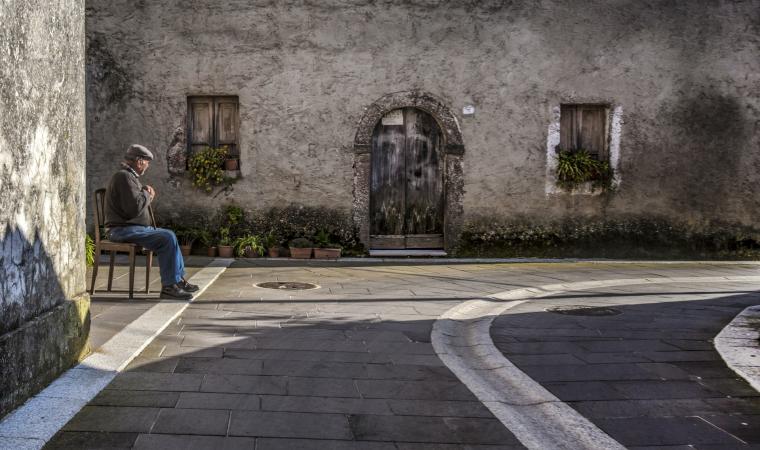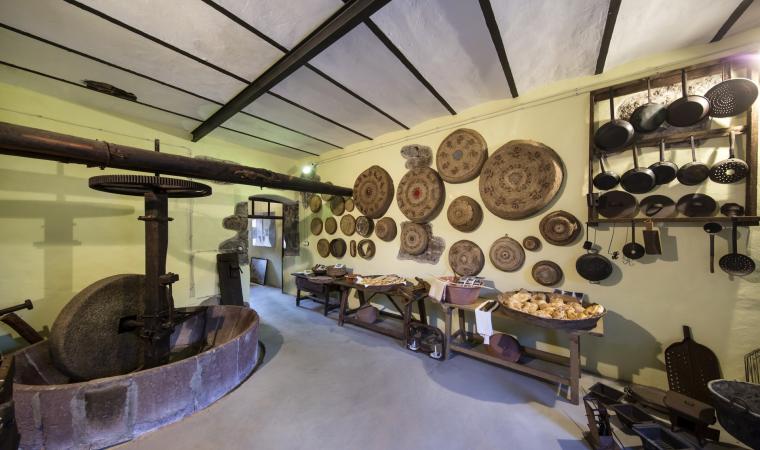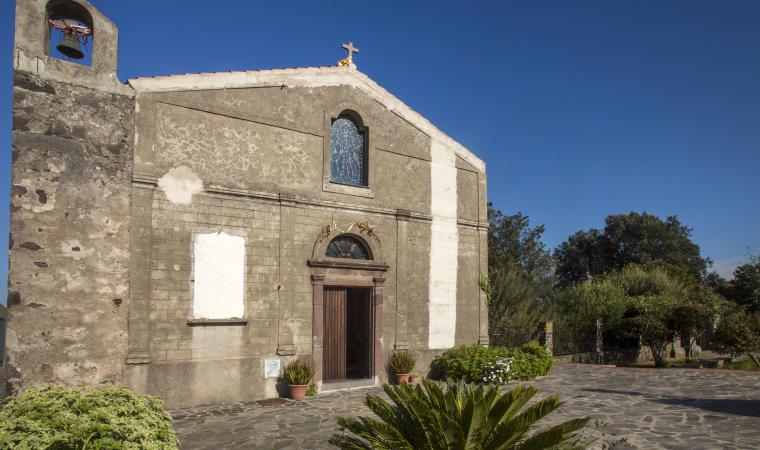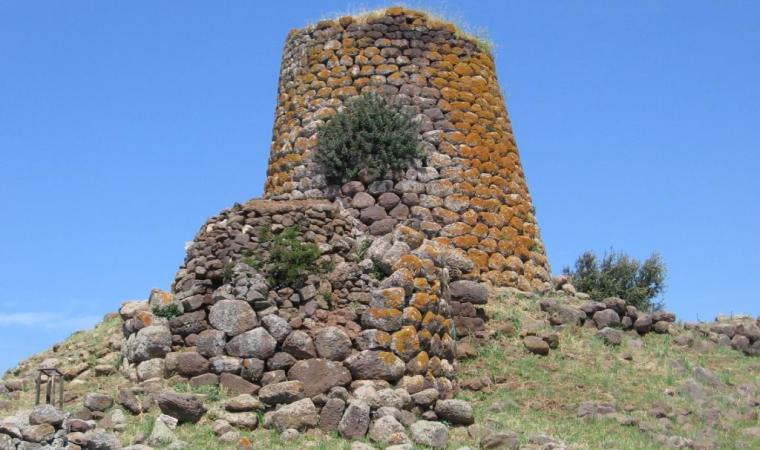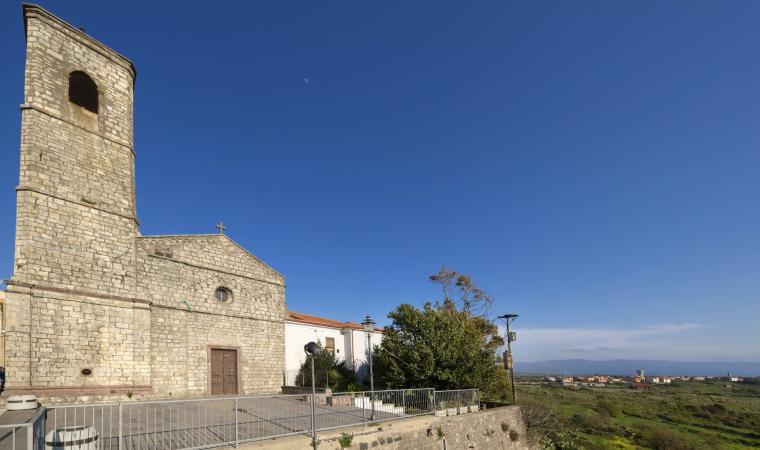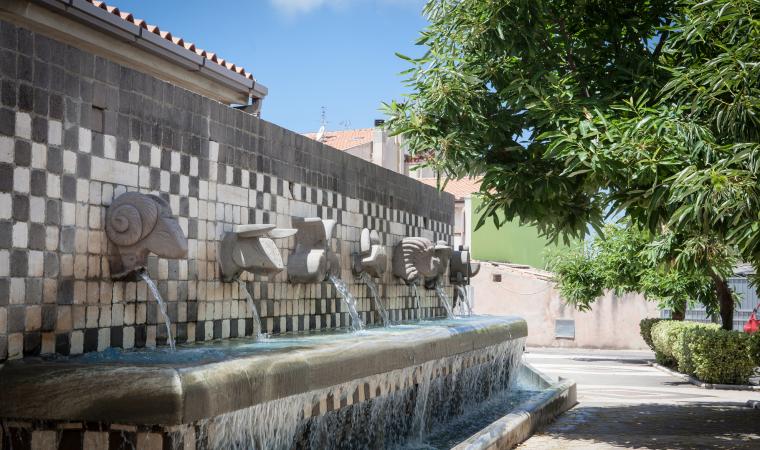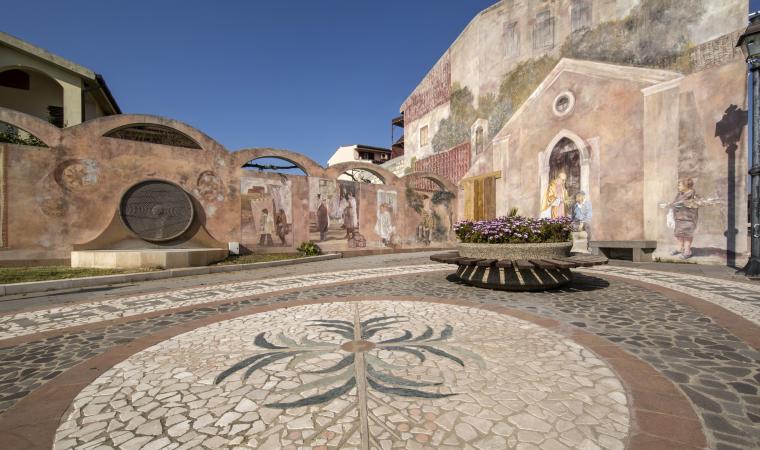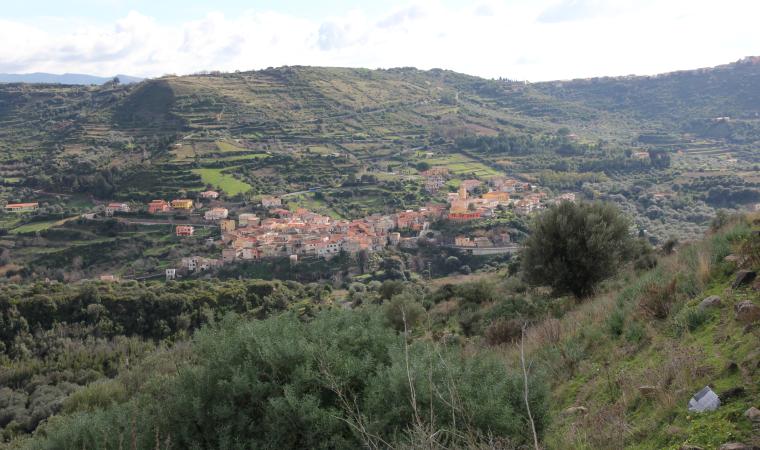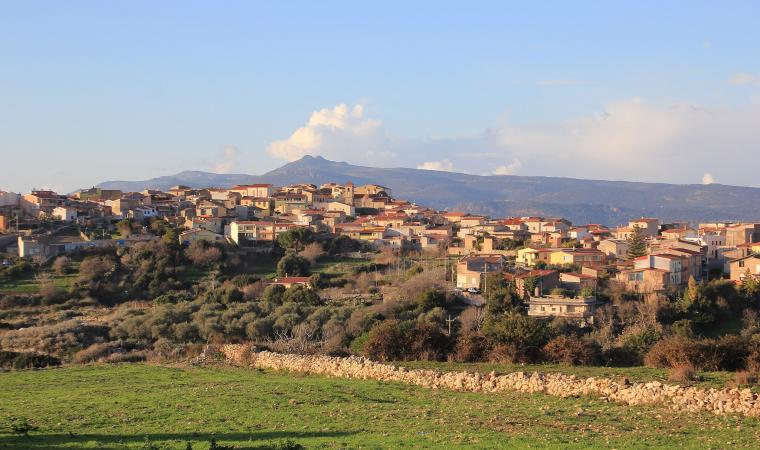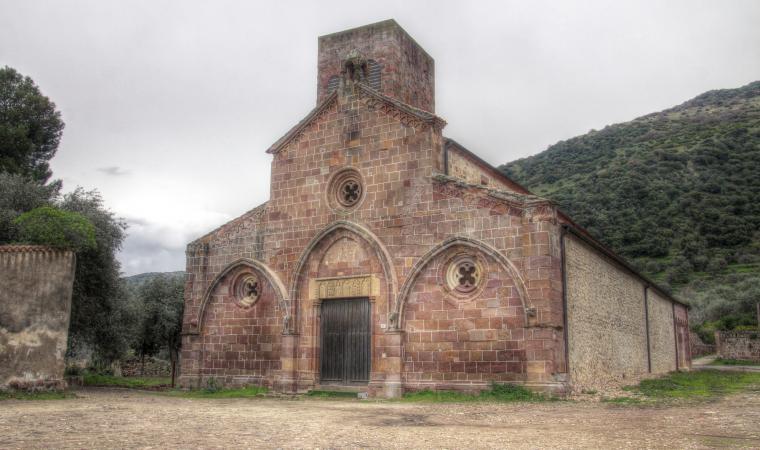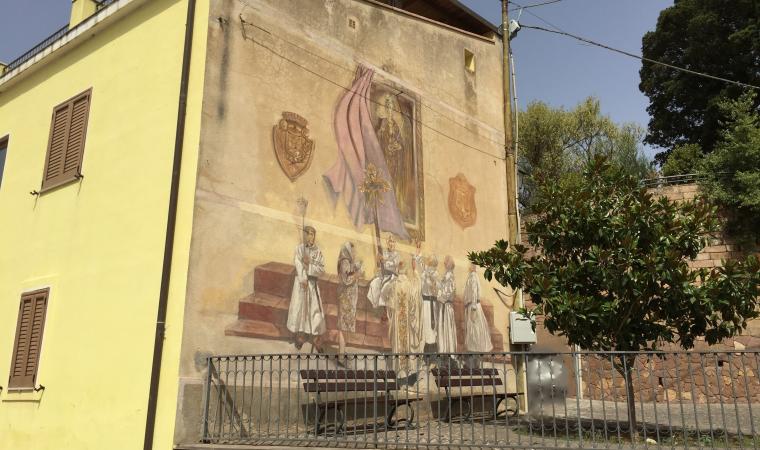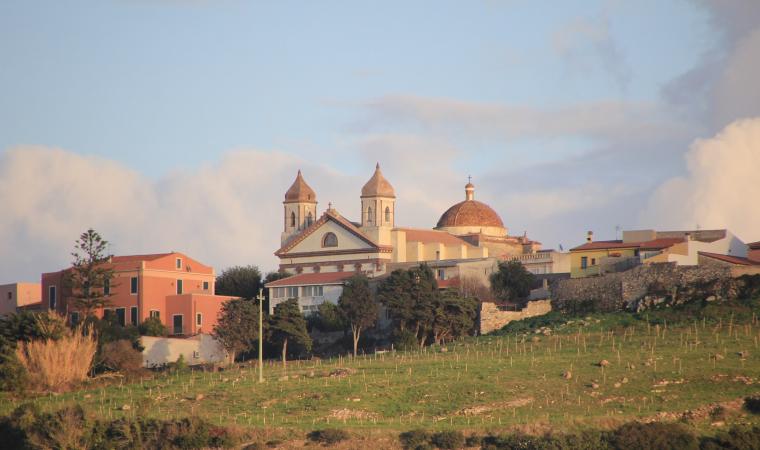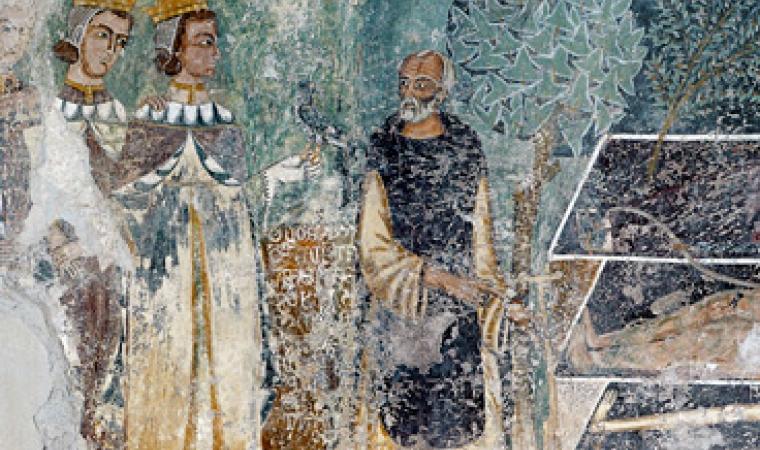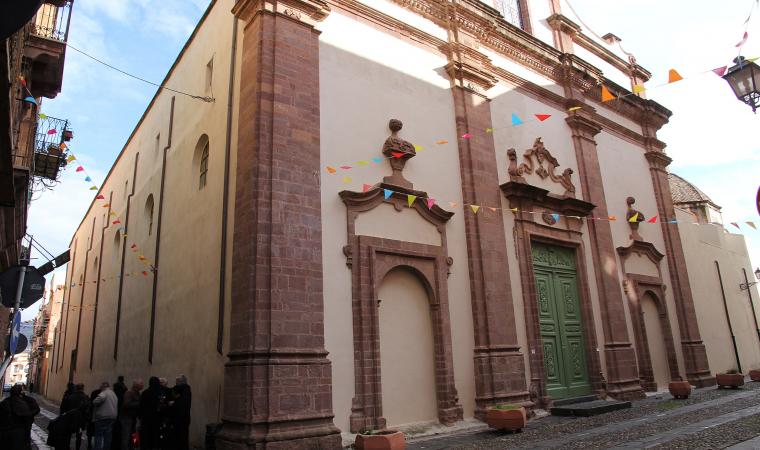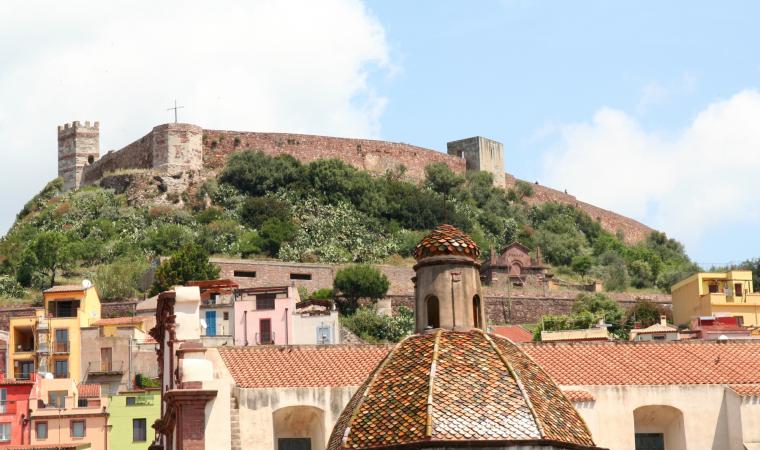It sits on the basaltic plateau of Planargia, overlooking the valley of Modolo. Suni is a town of just over 1000 inhabitants a few minutes from Bosa, with which it participates in Strade della Malvasia event: where visitors can taste this prized sweet wine. In the Medieval period, the town was first part of the Giudicato of Torres then, following a brief spell under Malaspina family control, it passed to the Giudicato of Arborea. The town extends around the Church of San Pancrazio (15th century) and the Parish of Santa Maria della Neve. Saint Pancrazio’s Feast Day is celebrated in mid-May with processions, traditional song and dance, and an ardia. Saint Mary’s Feast Day, on the other hand, is celebrated in early August with a Folklore Festival. In late June, there is the Festival of Saint Narcissus, in the charming country church dedicated to him. In late September, saints Cosma and Damiano are celebrated.
Near the parish, in the town centre, a residence that has retained its original architecture has been transformed into the House Museum of Tiu Virgiliu, a ‘living’ example of 19th and 20th century popular culture. It contains over a thousand objects, artefacts and machines used by craftsmen and farmers in displays including a cobbler’s workshop and a weaving corner. A photographic exhibition talks about Suni’s Pre-Nuragic and Nuragic sites. Periodic exhibitions focused on cereal processing and bread making, traditional dress and toys also take place.
According to legend, Suni is the modern Sa Idda Ezza (the old town), where Nuragic ruins including the Giant’s Tomb of Chighentolu were unearthed. The village is found near a 12th century Cistercense monastery. In reality, the area around the town bears signs of even older human settlements, dating to the Neolithic. The most important prehistoric sites can be found in the Suni Archaeological Park, which includes the Seneghe Proto-Nuraghe, the Nuraddeo Nuraghe complex and the Domus de Janas of Chirisconsis. Seneghe is a rare example of an accessible corridor nuraghe: dating to the Copper Age (2400-1800 BC), it is set on a basaltic cliff. A variety of Roman pottery has been found around the site. Nuraddeo is composed of a well-preserved 16-metre-tall keep surrounded by a three-towered bulwark. The remains of a village can be seen around the site. The hypogenic necropolis of Chirisconis, carved into the tuff, consists of 12 openings leading to single and multiple chamber burials: in all, it contains 21 small chambers with traces of red paint on the walls and access to a ‘vestibule’. Near the park, gleams the Pischina ‘e Paule pond, inhabited by numerous animal species. From here, you can set off on scenic walks through griffon nesting areas.

